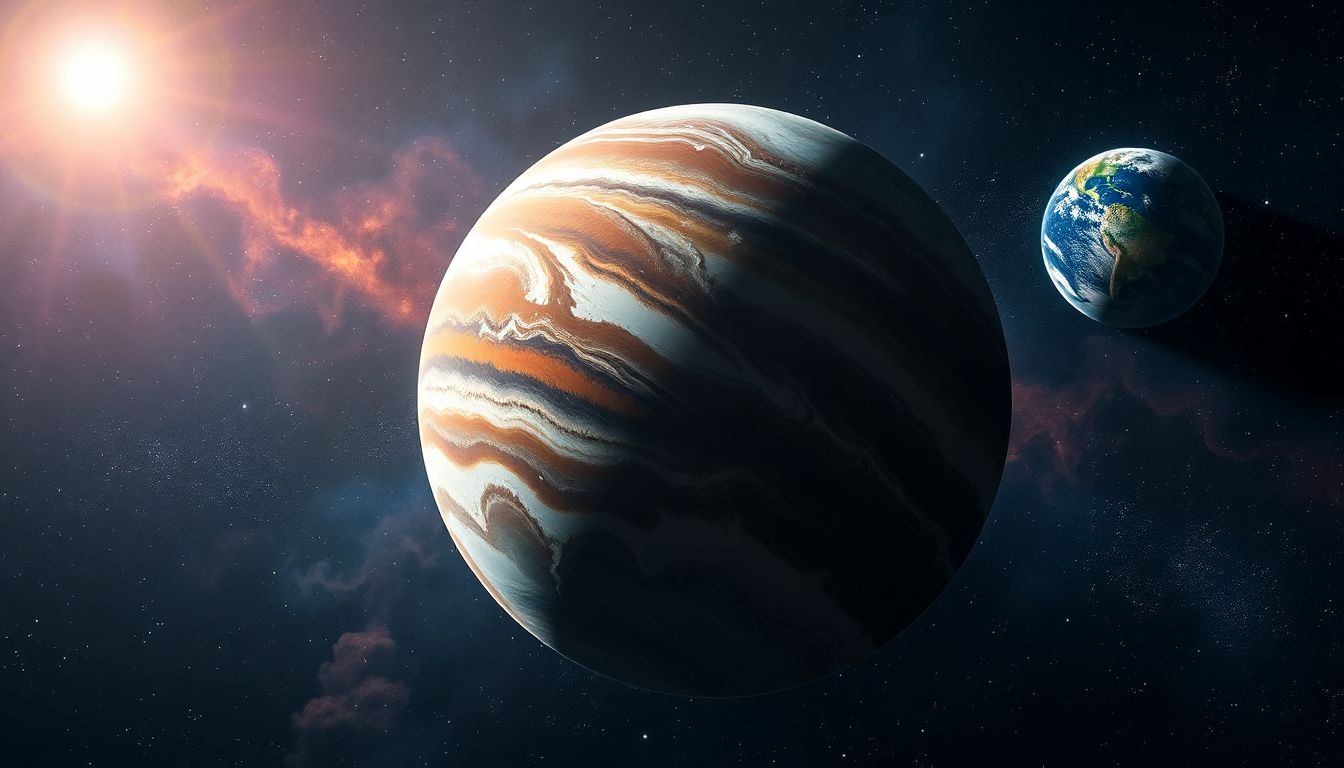
The Moon’s Neighbor in Space: What Planet Is It?
Introduction
Celestial neighbors have always sparked curiosity. We look up and wonder about the planets close to us. The Moon is Earth’s faithful companion, shining brightly in our night sky. But which planet is its real neighbor? Understanding the planetary relationships in our solar system helps us learn more about space and our place in it.
The Earth-Moon System: An Interdependent Duo
Formation and Characteristics of the Moon
Scientists believe the Moon formed about 4.5 billion years ago. One popular idea is the giant impact hypothesis—something big hit Earth, and debris clumped together to create the Moon. The Moon is about 2,159 miles wide, making it roughly a quarter the size of Earth. It orbits at an average distance of 238,855 miles from Earth and takes about 27 days to go around us.
Significance of the Moon to Earth
The Moon plays a crucial role in life on Earth. Its gravity causes the tides, helping oceans move. Without the Moon, seasons could be less stable, and Earth’s tilt might wobble more. Over centuries, humans have looked up at the Moon for cultural stories, scientific discoveries, and future space explorations.
Identifying the Moon’s Neighbor in Space
Is it the Planet Mars?
Many think of Mars as Earth’s neighbor, but how close is it to the Moon? Mars orbits the Sun, not Earth. It’s about 140 million miles to 250 million miles away from Earth, depending on their positions. The Moon is much closer, so Mars isn’t the Moon’s immediate neighbor in space. However, Mars’s orbit does sometimes come within about 34 million miles of Earth during opposition.
The Role of the Inner Planets in the Solar System
The inner planets—Mercury, Venus, Earth, and Mars—are the closest to the Sun. They’re called terrestrial planets because they have solid surfaces. Since they orbit near each other, they are often considered neighborhood friends in space. Among these, Venus comes closest to the Moon in terms of proximity during certain times, especially when viewed from Earth.
The Outer Planets: Jupiter, Saturn, and Beyond
Jupiter and Saturn are giants much farther away. They orbit the Sun at huge distances—Jupiter is about 484 million miles from Earth. These outer planets are not neighbors to the Moon in everyday space terms. They are too far to have direct interaction or close proximity with the Moon.
The Actual Nearest Planet to the Moon
Comparing Distances: Moon to Different Planets
NASA and other space agencies give us good data on how far planets are from the Moon. For example, the average distance from the Moon to Earth is 238,855 miles. To reach Mercury or Venus, the distances change depending on where each planet is in its orbit.
The Closest Planet to the Moon
Which planet is closest? The answer depends on the timing. Typically, Venus or Mars can be the nearest, based on their positions during specific alignments. When Venus and Earth are aligned, Venus is very close to us, including the Moon. Mars can also be near, especially during opposition when it appears brightest in the night sky.
Why Venus Is Often Considered the Nearest Planet in the Sky
Venus is the brightest planet in our sky. It’s easier to see with the naked eye. Venus orbits closer to Earth than the other planets, making it the most immediate neighbor seen from our planet. During the night, Venus often appears near the Moon, making it feel like a close space friend.
Scientific and Exploratory Significance
Implications for Space Missions
Many missions target the Moon because it’s close and easier to explore. Past projects, like Apollo, took astronauts there. Future plans include missions to Venus and Mars. Knowing which planets are close helps scientists plan these journeys efficiently.
How the Moon Helps Us Understand Other Planets
Studying the Moon provides clues about planetary formation. It acts as a stepping stone in space exploration. The Moon’s surface, geology, and history guide us in understanding other planets, making it a key test ground for space science.
Conclusion: The Real Space Neighbors
In truth, the closest planets to the Moon vary with their positions in orbit. Most often, Venus and Mars are considered the closest planetary neighbors depending on the time. Understanding these relationships helps scientists explore the universe, plan missions, and even consider humans living on other planets someday. Stay curious—space is always changing, and new discoveries are just around the corner. Keep an eye on space agency missions and watch the sky to witness these cosmic neighbors firsthand.

